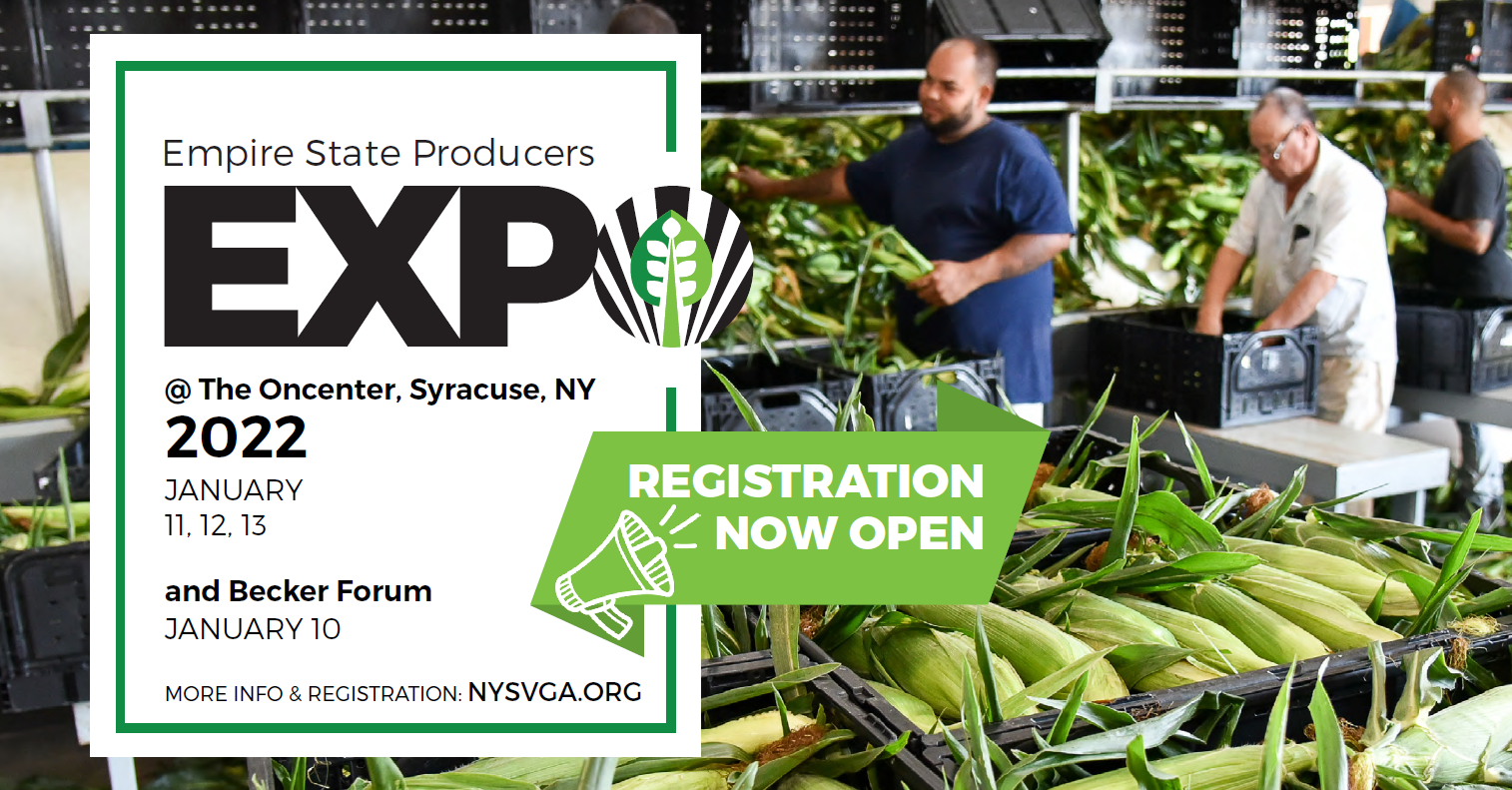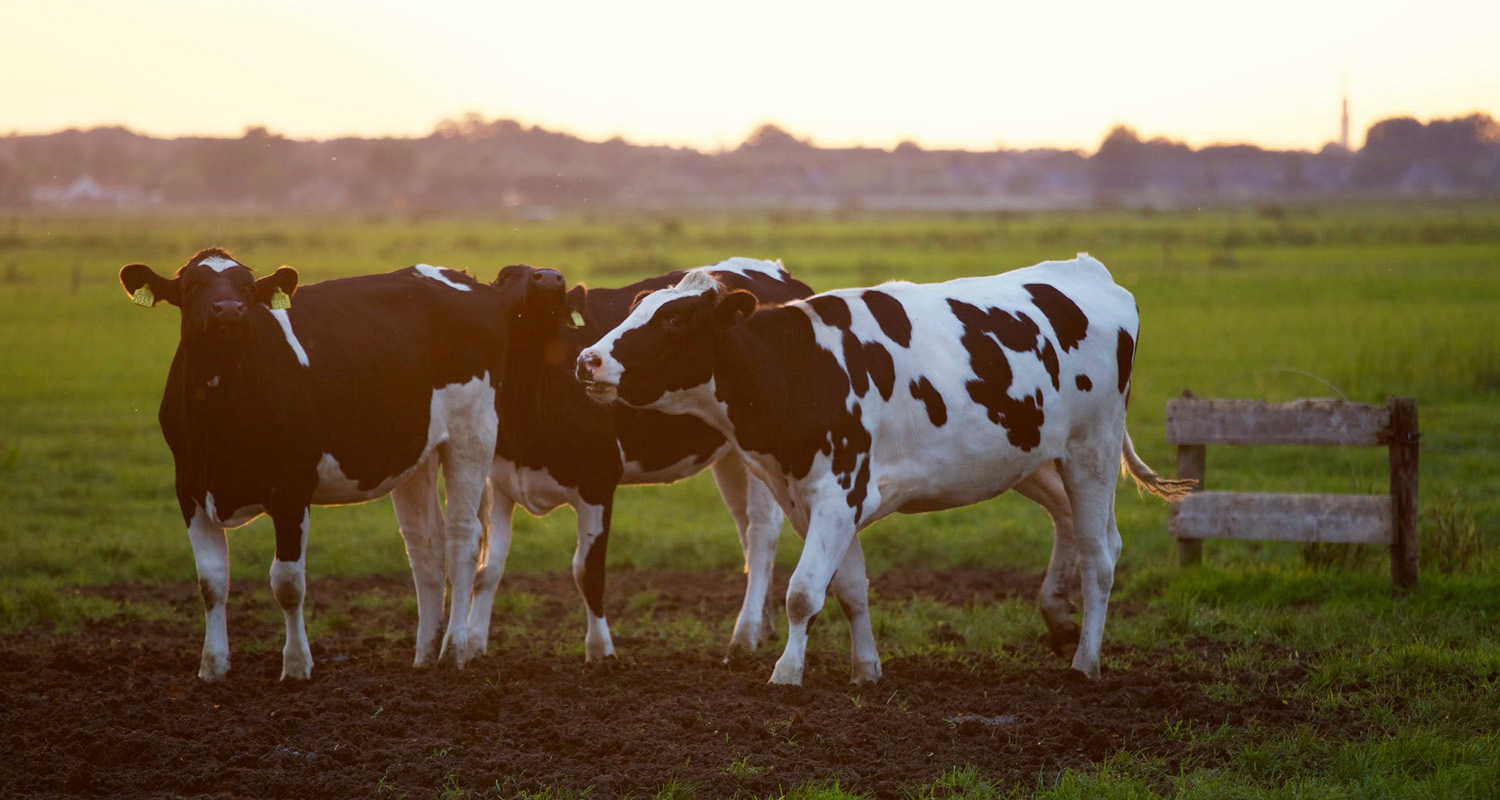ITHACA, N.Y. — U.S. Senator Kirsten Gillibrand, a member of the Senate Agriculture Committee, visited Cornell Aug. 29 to champion agricultural conservation and climate-smart farming provisions in the Inflation Reduction Act and highlight related research and extension efforts in the College of Agriculture and Life Sciences.
The act’s nearly $360 billion investment in energy and climate spending is projected to reduce U.S. carbon emissions by roughly 40% by 2030.
“We are putting farmers and rural communities at the forefront of climate solutions by investing in climate smart agriculture, land conservation and forest restoration,” Gillibrand said. “This legislation recognizes the critical role that farmers play in our fight against climate change.”
Gillibrand was introduced by Joel M. Malina, vice president for university relations, who thanked the senator for her support of agricultural research, extension and education programs at Cornell, New York state’s land-grant university.
“Senator Gillibrand understands the importance of research to solve our most pressing problems like climate change, of extension to translate the science developed here into solutions that are adopted on farms and in communities across the state, and of education to ensure that the next generation is ready to lead,” Malina said.
Before the press conference, held at the Guterman Greenhouses, Gillibrand was given a brief tour that showcased Cornell research on water and energy-efficient indoor agriculture, as well as cover-cropping systems that inform climate-smart farming practices.
“Here at our college, we are grateful for [Sen. Gillibrand’s] work to increase funding for research and development programs,” said Benjamin Z. Houlton, the Ronald P. Lynch Dean of Cornell CALS and professor of ecology and evolutionary biology and of global development. “These programs are vital to ensure that we have science-based strategies to support our farmers as they access new funding through the Inflation Reduction Act,” he said.
To that end, Neil Mattson, professor in the School of Integrative Plant Science Horticulture Section, and colleagues are developing energy efficient greenhouse lighting control strategies that predict how much sunlight is available and control LED light output to precisely deliver the total amount of light required by the crop. Adoption of such technology could help growers qualify for the Inflation Reduction Act-funded Environmental Quality Incentives Program (EQIP), run by the U.S. Department of Agriculture, which incentivizes energy efficient technologies through direct grants to farmers.
Matt Ryan, associate professor in the Soil and Crop Sciences Section of the School of Integrative Plant Science (CALS), discussed how his work on cover crops helps address challenges of higher input costs, new pests, herbicide-resistant weeds and extreme weather that New York farmers face.
“One of the best solutions that we have for extreme weather are cover crops, which are plants that are not harvested but instead are seeded and grown to provide benefits,” Ryan said. “They are a green tool because they can help farmers increase production, but they also provide environmental benefits.”
Cover crops protect and put carbon in the soil, enhance resilience to extreme weather, decrease runoff and reduce water pollution, suppress weeds and support pollinators and natural enemies to pests, among other benefits. Through the New York Soil Health Initiative, Ryan and others have documented the soil health benefits of cover crops and are sharing this information with farmers.
Virginia Moore, assistant professor in the School of Integrative Plant Science Plant Breeding and Genetics Section, a cover crop breeder, develops new varieties for farmers that better fit into their crop rotations, improve soil nitrogen and are adapted to local environments and seasons.
“We test cover crop varieties at over 15 locations across the U.S. and identify the most consistent and stable varieties so that we can make better recommendations to farmers,” Moore said.
The Inflation Reduction Act includes funds through the U.S.D.A.’s Conservation Reserve Program that will pay farmers $25 per acre annually when they plant cover crops.
The act provides more than $18 billion in increased funding for the U.S.D.A.’s voluntary land conservation programs that offer farmers, landowners and ranchers access to financial support, technical assistance and voluntary easement opportunities, Gillibrand said.
Another $1.3 billion is dedicated to helping farmers interested in implementing more climate smart methods, as well as for studying how carbon and greenhouse gases are introduced and retained in our environment, she said.
A key provision in the act, which originated from Gillibrand’s 2021 Relief for America’s Small Farmers Act, provides $5.3 billion in direct debt relief and assistance for farmers who are struggling or at risk of losing their farms, she said.
“The investments that Senator Gillibrand has spoken about today are impactful to Tompkins County, Cornell University and all of our small farmers,” said Shawna Black, chair of the Tompkins County Legislature.
–Krishna Ramanujan
Cornell Chronicle






















